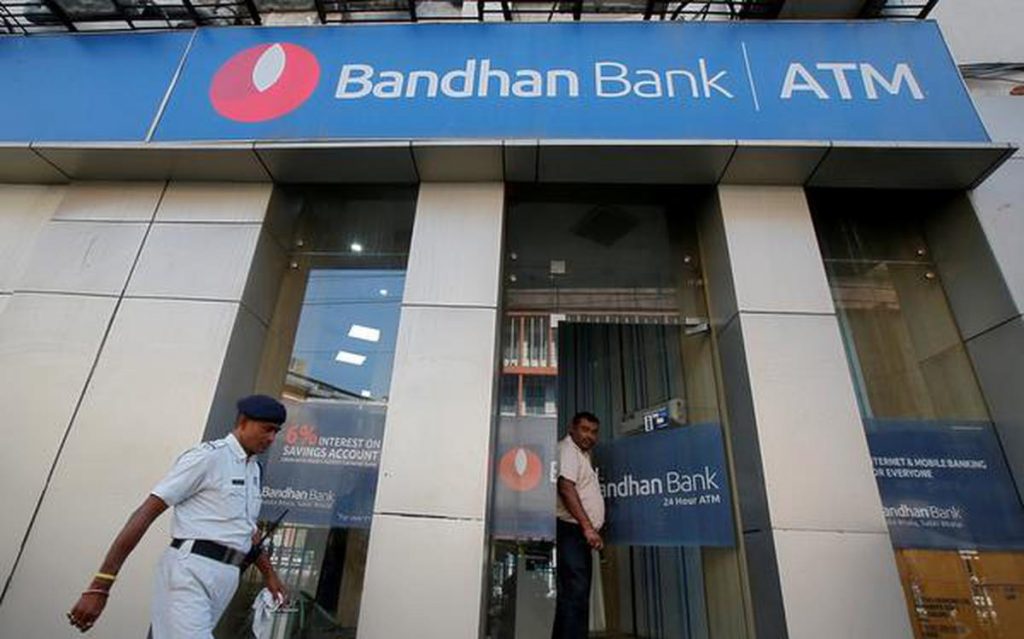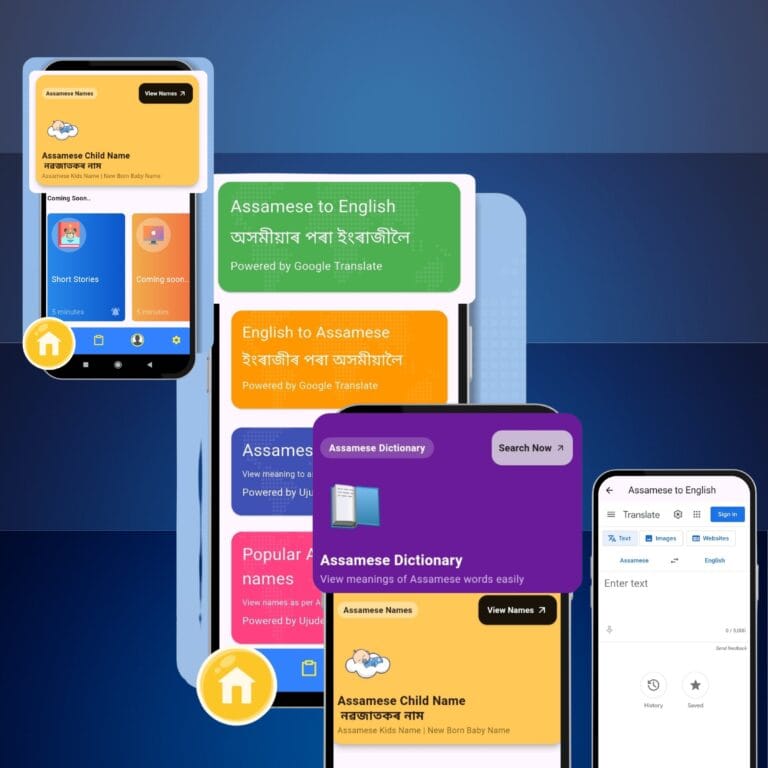Microfinance Institutions (MFI) have been working in Guwahati for quite some time now and have helped a lot of people in getting access to financial services. In this article, we will take a brief look at what microfinance is, how it works, and what the benefits of using microfinance services are.
What is Microfinance?
Microfinance is a term used to describe financial services that are provided to low-income individuals or groups who lack access to traditional banking services. Microfinance institutions offer a variety of financial products and services, including loans, savings accounts, insurance, and money transfers. These services allow microfinance clients to start or expand businesses, send children to school, access medical care, and build up resilience to weather shocks such as illness, crop failure, or natural disasters.
Microfinance is not a new concept – lending circles and other informal financial arrangements have existed for centuries in many cultures. However, the modern microfinance industry began to take shape in the 1970s and 1980s, with the emergence of formal microfinance institutions (MFIs) that provide financial services to low-income clients on a larger scale.
There are now thousands of MFIs operating in developing countries around the world, reaching tens of millions of clients. MFIs come in all shapes and sizes, from small village banks to large national organizations. Some MFIs are for-profit businesses, while others are non-profit organizations or cooperatives.
Microfinance is the provision of financial services to low-income individuals or households who are not served by traditional financial institutions. It includes a wide range of financial services such as savings, credit, insurance, and money transfers.
Microfinance institutions (MFIs) are specialized financial institutions that provide these services to low-income clients. MFIs can be for-profit or non-profit organizations, and they can be community-based or formally regulated financial institutions.
MFIs use a variety of delivery models to reach their clients, including group lending, individual lending, and savings groups. They also use a variety of technologies, such as mobile banking, to provide their services.
Microfinance is a tool that can be used to empower low-income households and help them escape poverty. It is an important part of the development landscape, and it has the potential to make a real difference in the lives of those who use its services.
What are Microfinance Institutions?
Microfinance Institutions (MFIs) are organizations that provide financial services to low-income individuals or households. These services can include loans, savings, insurance, and other financial products. MFIs typically focus on serving people who lack access to traditional banking services.
In Guwahati, there are a number of MFIs that work to serve the city’s low-income population. These organizations provide much-needed financial services to those who might not otherwise have access to them.
One of the most important things that MFIs do is provide loans to small businesses and entrepreneurs. This can be a crucial source of capital for someone who is trying to start or grow a business. Without access to loans, many businesses would never get off the ground.
MFIs also offer savings products, which can help people save for their future needs. This is especially important for people who live in areas with high levels of poverty and insecurity. Having access to savings can help people weather tough times and make it through periods of unemployment or illness.
Insurance products are another important offering from MFIs. In a country like India, where medical expenses can be very high, health insurance can be a lifesaver. Insurance products offered by MFIs can help people pay for hospital stays, surgeries, and other medical needs.
Finally, MFIs often provide training and education to their clients. This can help people learn about financial planning and budgeting. It can also teach them how to start and grow a business. This type of education is an important part of empowering people to break out of poverty.
The History of Microfinance in Guwahati
Microfinance has a long and rich history in Guwahati. It is believed that the first microfinance institution in Guwahati was set up in the early 1980s. This was followed by a number of other microfinance institutions springing up in the city, providing financial services to the poor and marginalised sections of society.
The microfinance sector in Guwahati has grown tremendously over the years. Today, there are more than 100 microfinance institutions operating in the city, serving over 1 lakh clients. The microfinance sector has not only helped to uplift the lives of the poor and marginalised, but has also contributed significantly to the city’s economy.
The microfinance sector in Guwahati has come a long way since its humble beginnings in the early 1980s. It has now emerged as a key player in the city’s economy, and is playing an important role in alleviating poverty and empowering the poor.
How do Microfinance Institutions Work?
Microfinance institutions are a type of financial institution that provides small loans and other financial services to entrepreneurs and small business owners who may not be able to access traditional banking services. Microfinance institutions typically offer loans of a few hundred dollars to a few thousand dollars, and they often work with clients who are starting or growing a small business.
Microfinance institutions typically use a group lending model, in which a group of borrowers is formed and each borrower is responsible for repaying their loan plus interest. The group acts as a guarantor for each member, so if one borrower defaults on their loan, the others in the group are responsible for repaying the debt. This group guarantee system helps to reduce the risk for the lender and makes it easier for borrowers to qualify for a loan.
Microfinance institutions usually charge higher interest rates than banks because they have higher operating costs and because their clients are considered to be higher-risk borrowers. However, microfinance loans can be an important source of capital for entrepreneurs who may not be able to access traditional banking services.
Types of Microfinance Institutions in Guwahati
Microfinance institutions (MFIs) are organizations that provide financial services to low-income individuals or households. In Guwahati, there are a few different types of MFIs that operate in different ways. Here is a brief overview of the different types of MFIs in Guwahati:
1. Grameen Banks: Grameen banks are mutual aid societies that help members save money and access credit. They typically have a group-lending model, where members of the bank pool their resources and offer loans to other members in need.
2. Savings and Credit Cooperatives: Savings and credit cooperatives (SACCs) are financial cooperatives that offer savings, credit, and other financial services to their members. SACCs typically have a group-lending model, where members pool their resources and offer loans to other members in need.
3. Community Development Financial Institutions: Community development financial institutions (CDFIs) are lenders that focus on providing financing to underserved communities. CDFIs typically have a community-based lending model, where they work with local partners to provide loans to low-income individuals and households.
4. Microfinance Institutions:Microfinance institutions (MFIs) are financial institutions that provide financial services to low-income individuals or households. MFIs typically have a group-lending model, where they pool resources from investors and offer loans to low-income borrowers.
5. Commercial Banks: Commercial banks are traditional banks that offer a full range of banking services, including savings accounts, checking accounts, and loans. Commercial banks typically have a individual lending model, where they assess each borrower on their own merits and offer loans based on their creditworthiness.
Top Microfinance Companies in Guwahati
- Asomi Finance Pvt Ltd (অসমী ফাইনেঞ্চ প্ৰাইভেট লিমিটেড)
- Bandhan Bank
- Ujjivan Small Finance Bank
- North East Small Finance Bank
- Jana Small Finance Bank Ltd
Conclusion
Microfinance institutions are an important source of financial services for the poor and marginalized in Guwahati. They provide access to credit, savings, and other financial services that can help people lift themselves out of poverty. While there are some challenges associated with microfinance, such as high interest rates, these institutions are generally well-regulated and have a good track record of helping people improve their lives. If you are looking for a way to help the poor and marginalized in Guwahati, consider supporting a local microfinance institution.



















